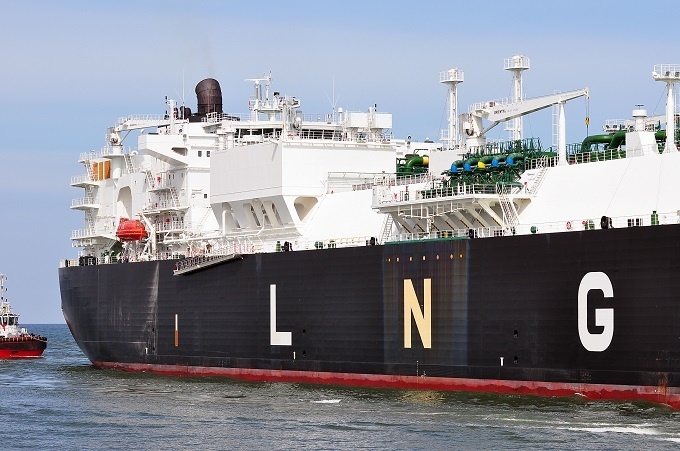Petrolimex and JXTG sign MoU on LNG research
Wed, 03 Jul 2019 15:48:00 | Print | Email Share:

An MoU signed Monday by Vietnam's Petrolimex and Japan's JXTG Group will support a plan to build an LNG terminal in Khanh Hoa.
The two sides will jointly make research on liquefied natural gas (LNG) and gas issues in Vietnam to support Petrolimex's plan to build an LNG terminal in the central province.
The MoU was signed on the sidelines of an investment conference held on the occasion of PM Nguyen Xuan Phuc’s visit to Japan.
JXTG Group is currently an 8 percent strategic shareholder in Petrolimex, Vietnam’s biggest petroleum retailer in terms of marketshare.
At a shareholders’ meeting in April, Petrolimex chairman Pham Van Thanh said the group had asked for the government’s permission to halt implementation of the Nam Van Phong oil refinery and petrochemical project in Khanh Hoa and build an LNG terminal instead.
He said the reason for the move was the fact Vietnam already has Dung Quat and Nghi Son oil refineries, which are able to meet 70 – 80 percent of the country’s oil and petrol demand. Additionally, incentives for oil refinery projects are no longer as high as in the past.
In mid May this year, Petrolimex signed an MoU with the Electricity of Vietnam (EVN) on cooperation in developing clean energy. Accordingly, Petrolimex will supply LNG to power plants built by the EVN.
Petrolimex is the second Vietnamese company, after PetroVietnam subsidiary PVGAS, showing interest in developing an LNG terminal.
PetroVietnam Technical Services Corporation (PTSC), a subsidiary of the state-run PetroVietnam, and Samsung C&T Corporation last week signed a deal with the project investor PVGAS on building and operating the Thi Vai LNG terminal in Ba Ria - Vung Tau, southern Vietnam. They will design and construct the terminal, procure equipment and launch trial runs.
The facility will produce one million tons of LNG per year when its first phase is completed in 2022 at an estimated cost of $286 million. The capacity is expected to triple in the second phase by 2023.
The Thi Vai terminal, likely to be Vietnam’s first gasification facility, will supply LNG for domestic consumers, including Nhon Trach 3 and Nhon Trach 4 power plants and industrial buyers. It would partly compensate for the domestic gas shortages after 2022, experts said. The LNG terminal will be able to handle LNG tankers of up to 85,000 DWT.
Another regasification project, also proposed by PVGAS – the Son My LNG terminal in the central province of Binh Thuan – is under negotiation.
Foreign investors have expressed interest in LNG projects in the country. Thailand’s Gulf Energy Development Public Company Limited at a meeting in early March with Ninh Thuan authorities said it was interested in building a $7.8-billion LNG-fired power complex in Ca Na, a coastal commune in the central province of Ninh Thuan.
Under its proposal, the complex will have four LNG-fired power plants with a combined capacity of 6,000 MW to be built in build-operate-transfer (BOT) or other modes. An LNG regasification terminal will be a key component of the complex.
The government is keen on LNG projects. In January Prime Minister Nguyen Xuan Phuc spoke about the need to set up a $4-billion LNG plant in the southern province of Bac Lieu. The province had asked for a 3,200 MW LNG plant, which would cost $4.3 billion
Under the country's gas industry development plan by 2025, with vision to 2035, Vietnam plans to have six LNG terminals at a total cost of more than $6 billion.
The country's revised national Power Development Plan VII envisages total power generation to reach around 129,500 MW by 2030. Of this 19,000 MW will come from gas-fired power plants, including LNG.
Vietnam is struggling to develop its energy sector since many coal-fired power projects have been behind the schedule, its hydropower potential is almost fully exploited and oil and gas reserves are running low. In that context LNG-fired power plants will play a critical role in the country's energy mix in the future, experts said.
The World Bank has estimated Vietnam’s electricity demand to grow by around 8 percent a year for the next decade, and said it would need to invest $150 billion by 2030 to develop its energy sector.
By: Hoang Hung/VnExpress
---------------------------------------------
Same category News :













